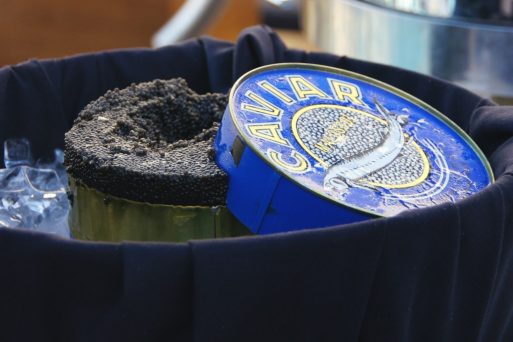
A French hospital soothes hospice patients with simple pleasures like red wine
Among the many palliative resources available, a hospital in France has incorporated an unusual one: a red wine bar. Since 2014, Clermont-Ferrand University Hospital (CHU), a public medical facility located in south-central France, has served red wine to its palliative care patients to add dignity and humanity to their end of life.
More Than Red Wine on the Menu
Prioritizing “humanity over economy,” the wine bar serves its end-of-life patients
a feeling of vitality and pleasure. France being France, the original issue wasn’t that the patients were receiving red wine; it was that they were receiving red wine in plastic bottles.
In an interview with Popular Science, Virginie Guastella, Chief of the Palliative Care Unit, found that to be an anathema. “Stupefaction!” she [said], throwing her hands in the air. She refused to give it to her patients. “It is not possible,” she said, with case-closed finality. Plastic was undignified. Ugly. It undermined the pleasure the drink was supposed to bestow. “Why, because you are hospitalized, do the good things have to be stopped?” she says.
The bar serves not only donated wine from local vintners, but also beer, whiskey, champagne, and even caviar. Hospice patients can belly up to the bar with friends and family while staff pour medically-supervised tastings.
Life Affirming Effects
It may seem odd to North American audiences to have a red wine bar in such a sterile space, but that’s just the point.
Popular Science notes, “Take François, a patient who was dying from kidney cancer at age 73. Soon after arriving at CHU, his sense of taste began returning and he told his wife he wished he could have some wine. “He said he wanted a nice red,” she says. One day, his lunch arrived with exactly that. His eyes lit up as he drank it. “At that moment, my husband wasn’t a patient anymore,” she says. “He found his humanity, his dignity, again.” The CHU palliative care unit has a journal filled with stories like this.
In addition to fulfilling emotional needs, this service also satisfies neurological ones.

CHU hospital also serves its dying patients caviar
Credit: E. Dichtl via Pixabay
The article notes that “For years, the hedonistic pathways of the brain—our reward center—have been more closely associated with guilt or abuse. But an increasing body of evidence shows that our sense of fulfillment, and even our will to live, is closely tied to the activation of this pleasure region. Wine in particular can light up our gray matter in ways that fulfill us on multiple levels by steeping our senses in delicious flavors and aromas, connecting us to others, and facilitating moments that give us strength and comfort.”
Coming Soon to North America?
The good news is that some American hospitals have borrowed elements from the private market to humanize hospice and palliative care units. A Texan hospital, per Healthcare Dive, has incorporated Starbucks’s soothing environment, Apple’s use of customer names, and The Ritz Carlton’s “15-5” rule wherein staff smile at customers 15 feet away and greet them at five.
The bad news is that having a wine bar still poses too many risks to have in a general hospital setting. Nevertheless, finding ways to increase pleasure for patients and decrease traditional sterility is a way of humanizing the end of life for all people involved.

 Fine Red Wine in Palliative Care?
Fine Red Wine in Palliative Care?



 How to Comfort A Dying Loved One
How to Comfort A Dying Loved One
 Our Annual Seven Holiday Gifts for Someone Who Is Grieving, 2024 Edition
Our Annual Seven Holiday Gifts for Someone Who Is Grieving, 2024 Edition














